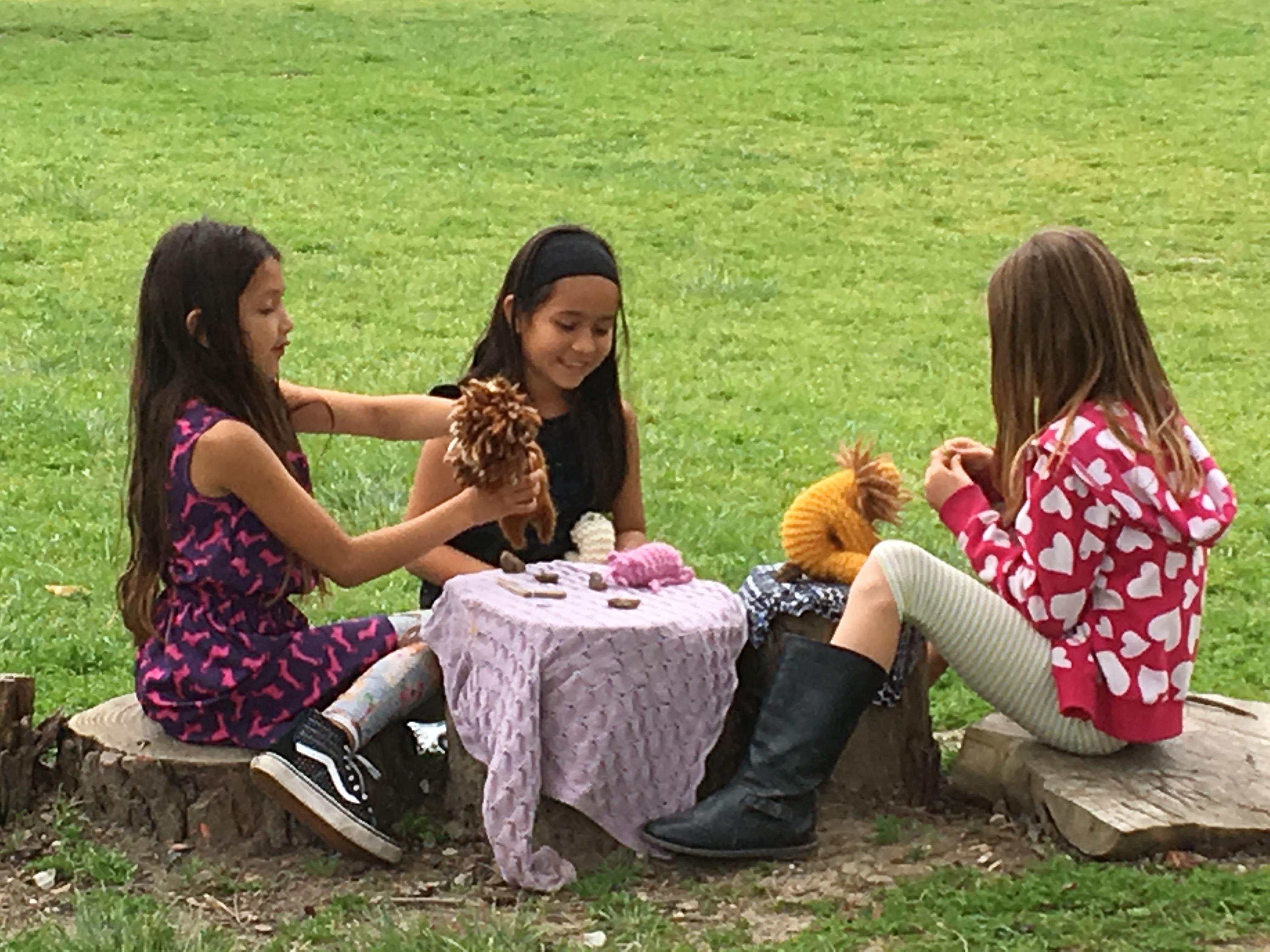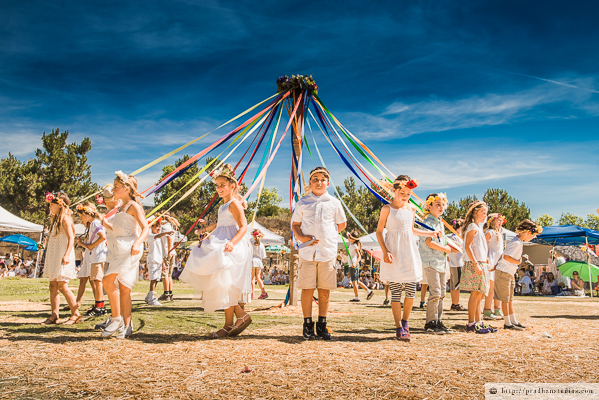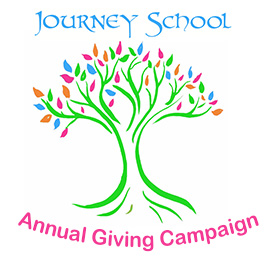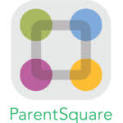
Why Handwork in First Grade?
At seven years old, a child enters a new phase of development. Expanding neural connections between the two hemispheres of the brain man that for the first time the two sides of the brain can communicate with each other effectively. This is the ideal time to start knitting when each hand has a separate but coordinated activity to perform. Knitting enhances intellectual development by building neural connections, and helping form efficient pathways for doing, feeling and thinking.

Why Handwork in Second Grade?
Human beings use their hands in infinite ways and recent research confirms the inter-connectedness between hand agility and brain development. Working with the hands expands neural connections in the brain, improving performance in other academic areas. Building respect and admiration for the work of the hands while engaged in enjoyable activities that require patience and perseverance to complete, is the task of handwork.
Why Handwork in Third Grade?
At nine years old the child enters a turning point in childhood, and takes a big step towards the consciousness of adulthood. As a child begins to explore the necessary skills for living, handwork subliminally answers many questions and builds confidence in a child’s ability to face the future. “If I can design and create a useful, functional and beautiful article; I can design and create a home, a car, a space rocket, a gift. I have the ability to design and create many things.”

Why Handwork in Fourth Grade?
Human beings are people of action, intellect and emotion. Many educational systems tend to focus on the intellect at the expense of the education of the whole person. Steiner inspired education aims to serve the needs of the whole human being: Head, Heart, and Hands. The involvement in handwork, challenges the child to learn from the material through to the conceptual and vice-versa. During this process the child experiences development on an emotional, social, practical and intellectual level.
Why Handwork in Fifth Grade?

Handwork is the education of the will. “The will is connected to thinking. It is the task of every Steiner inspired teacher to help children become clear, imaginative thinkers, human beings who can go into any profession or any area of work with new, creative ideas – ideas that will be urgently needed in the 21st century.” (Patricia Livingston)





